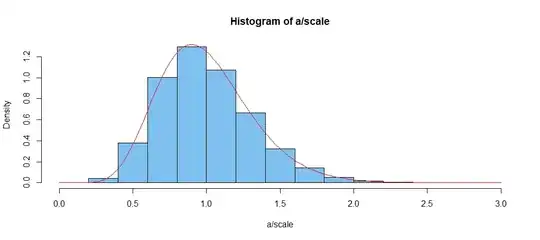In Davison A.C., Hinkley D.V. - Bootstrap methods and their application It say's $\bar{X}/\lambda$ "has the Gamma distribution with index n and unit mean". I don't understand the sentence. Isn't gamma distribution a generell distribution, including the exponential distribution, Erlang distribution, and chi-squared distribution? And which one would it be here with which parameters?
Thank you.
